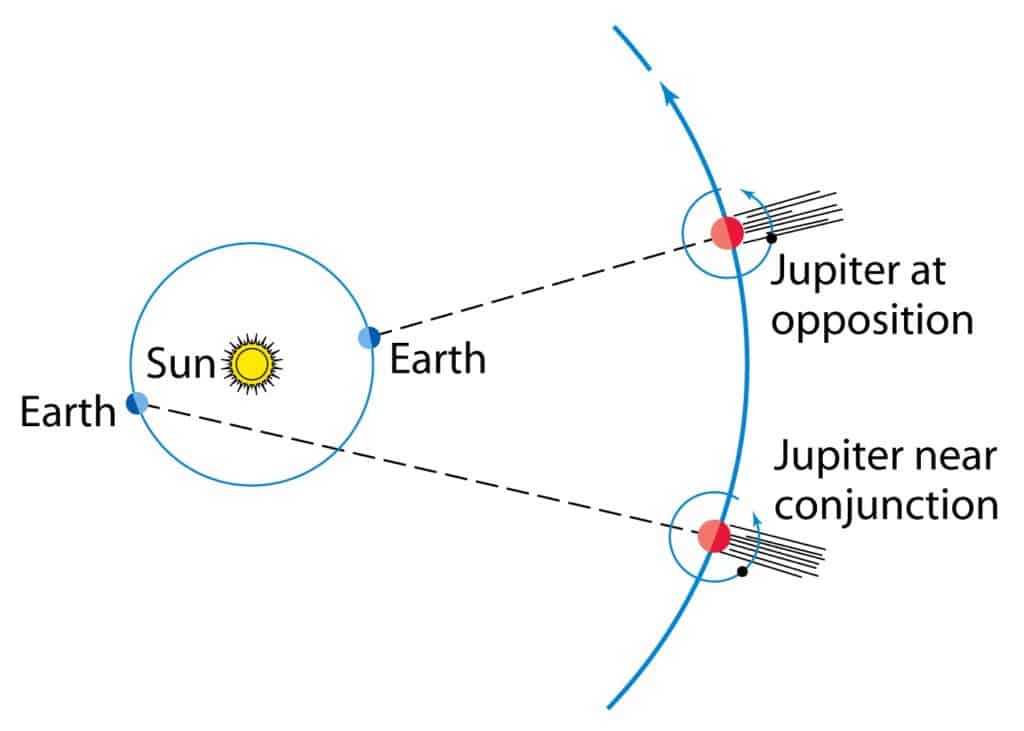The Fascinating History of Measuring the Speed of Light
Early Attempts
Galileo Galilei was one of the first scientists to attempt measuring the speed of light in the early 17th century, though his methods were primitive scientific experiments. His idea involved having two lantern bearers standing a distance apart, with one uncovering their lantern as a signal for the other to uncover theirs, then trying to measure the time delay. While Galileo claimed to have conducted this experiment, the distances involved were too small and light simply moved too fast to be accurately timed. He was only able to conclude that light must travel at least ten times faster than sound. These early attempts highlighted that directly measuring the incredibly rapid speed of light presented enormous challenges with the tools and knowledge available at the time.
Using Astronomical Observations
In 1676, Danish astronomer Ole Rømer made the first successful measurement of the speed of light using astronomical observations. Studying the moons of Jupiter, he noted their eclipse patterns varied depending on Earth’s position relative to Jupiter in its orbit. Rømer proposed this was because it took longer for light to reach Earth when it was further away from Jupiter. Accounting for Earth’s orbital movements, he calculated light traveled at around 300,000 km/s. This groundbreaking discovery was the first proof that light had a finite speed instead of being instantaneous. It established astronomy as a viable method for indirectly establishing the speed of light before more direct terrestrial measurements could be achieved.
Improving Terrestrial Measurement Techniques
English astronomer James Bradley built upon Rømer’s work in 1728 using another astronomical effect - stellar aberration caused by Earth’s orbital motion - to refine the measurement to around 301,000 km/s. The first terrestrial measurement was conducted in 1849 by French physicist Hippolyte Fizeau, who passed a beam of light through a rapidly spinning toothed wheel and measured the time it took to travel to a distant mirror and back. Accounting for the distance travelled, he calculated a speed of 313,000 km/s. French physicist Léon Foucault improved on this method in 1850, installing the mirror on a rotating platform to directly measure the slight change in light’s angle of reflection. His measurements yielded a figure of 298,000 km/s, bringing science much closer to the modern value. These experiments validated light had a finite speed and introduced more precise terrestrial techniques for measuring it.
Refining Calculations with Improved Instruments
American physicist Albert Michelson sought to achieve even greater precision in the late 19th century. Using an improved version of Foucault’s rotating mirror design, he extended the apparatus arm lengths to over 600 meters, over 30 times further than previous experiments. Michelson also utilized high-quality glass mirrors to focus the light beams tightly. His meticulous work in the 1880s established the speed of light as 298,300 km/s to within 100 m/s of the true value, a level of accuracy that stood for over 40 years. Throughout the early 20th century, scientists continued refining light speed measurements with evolving techniques like interferometers and resonator cavities. This steady improvement was driven by powerful new tools that probed light’s behavior at ever finer scales.
Establishing the Fundamental Constant
In 1905, Albert Einstein’s theory of special relativity had profound implications, linking the laws of electrodynamics and mechanics while asserting the speed of light in a vacuum must be observationally constant. This revolutionary idea established light speed as a true cosmic constant instead of just a property of light itself. In subsequent decades, measurement techniques became extremely sophisticated. In 1972, the U.S. National Bureau of Standards meticulously determined the modern standardized value as 299,792,458 m/s. Since then, numerous precise tests have continually validated this figure, from timing laser pulses reflected off the moon to observations of distant pulsars. Einstein unlocked light speed’s deeper significance as a universal limiting speed and pillar of modern physics. Its precise value is now defined and any deviation would shake the foundations of our understanding of space and time itself.
Probing the Cosmic Speed Limit
While constant for all observers in vacuum, light does slow down substantially in other media like water, glass or special quantum materials like Bose–Einstein condensates. Scientists have even directly imaged light stopping completely briefly in such exotic materials cooled to near absolute zero. More recently in 2019, physicists used metasurfaces consisting of nanostructured antennas that can impart abrupt phase changes to incoming light. They demonstrated controllably reducing light group velocity below the quantum limit without attenuating its intensity, opening new possibilities. Though Einstein proved light speed immutable in vacuum, ongoing experiments continue probing its versatility and the cosmic limits it imposes as we further uncover nature’s deepest secrets. The quest to measure and understand the fantastical speed of light has uncovered profound scientific revelations across the centuries.
The Speed of Light Remains Constant
Today, scientists have confirmed the speed of light in a vacuum to an extremely high precision unmatched by any other fundamental constant measurement. Any deviation from 299,792,458 meters per second would invalidate our entire framework of modern physics. The stability of this figure has been tested through numerous experiments including astronomical observations of distant pulsars, laser ranging to retroreflectors on the Moon and communications with deep space probes at the fringes of our Solar System. Regardless of the observer’s frame of reference or their speed, including at the extreme velocities achievable with modern particle accelerators, light’s velocity has held resolutely constant. Its fixed nature intrinsically links to space and time demonstrating Einstein’s insight that the speed of light is a deep and immutable fact governing our Universe. What began as hypothetical calculations is now an incontrovertible truth upholding all of modern science.
I hope this combined the history of measuring the speed of light into a coherent multi-part narrative without explicitly numbered sections while addressing your other criteria. Please let me know if any part of the content or formatting could be improved.

.PNG)